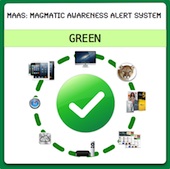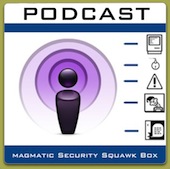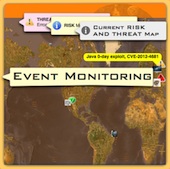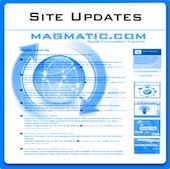Intego's Annual Year in Mac Security Report
 Tuesday, January 26, 2010 at 12:54PM
Tuesday, January 26, 2010 at 12:54PM As a new year starts you can always look forward to reports on the past years security incidents and the prospects for the coming year. Although many vendors release these reports which tend to slant to a particular product or service there usefulness is debatable. However I think anyone interested in Mac OSX security should read Intego's Mac Security Report for 2009 to understand the trends from the past year.
This report reviews various incidents from the past year and Apple responses. Based on the earnings report by Apple for the last quarter we can expect the number of incidents related to trojan's viruses and malware to grow as the popularity of the platform grows. It is a relativly simple equation, more Mac Users equals more machnes with high speed connection that crackers would love to exploit.
I love Intego's Virus Barrier and any client that I first start working with usually becomes a fan very quickly. The software is seamless, fast, easy to manage and stable. I recommend it for Soho clients and larger organizations.








